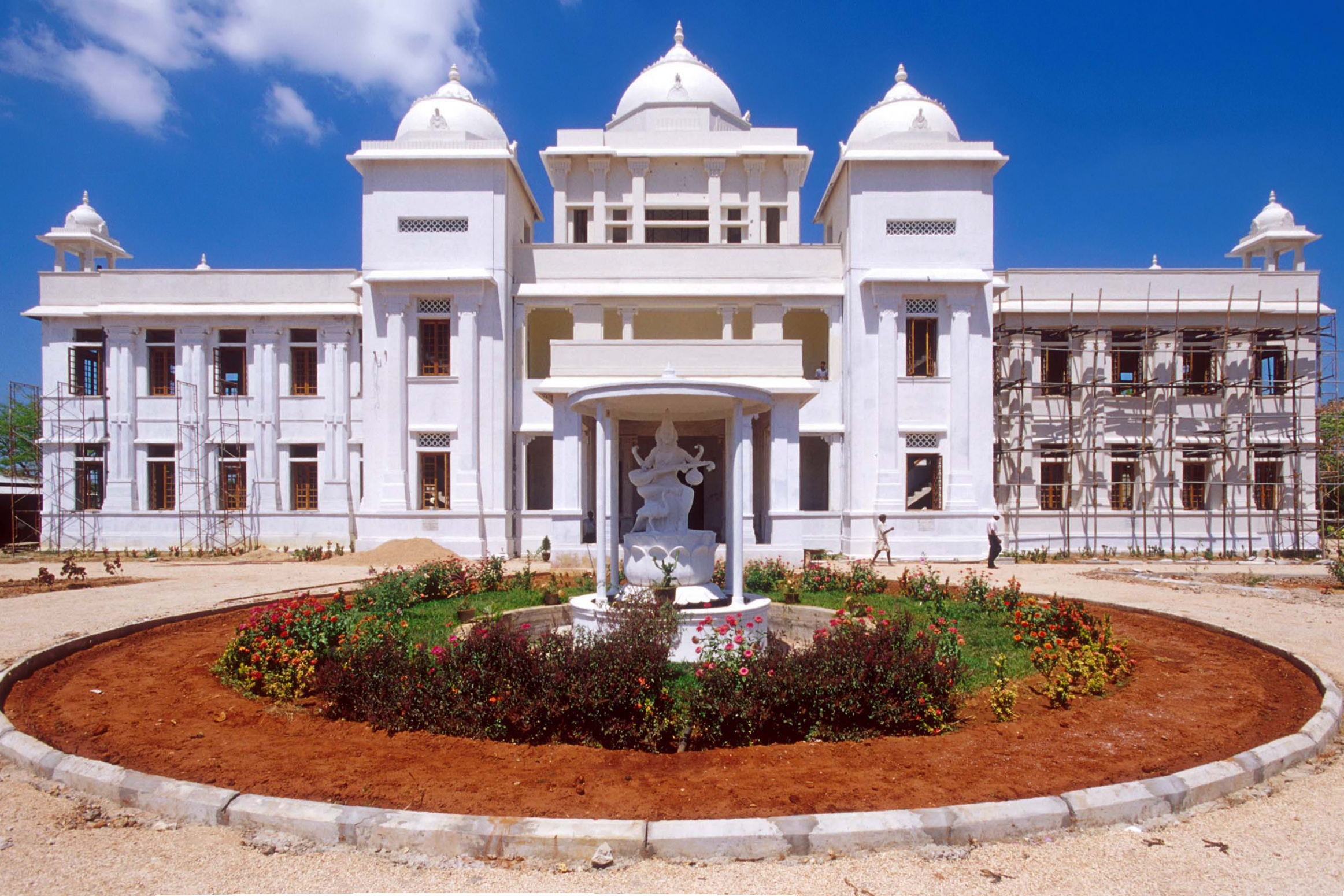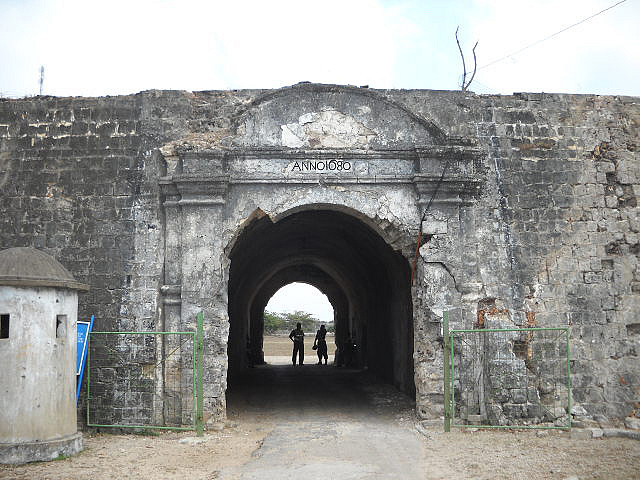|
Burning Of The Jaffna Library
The burning of the Jaffna Public Library ( ta, யாழ் பொது நூலகம் எரிப்பு, ''Yāḻ potu nūlakam erippu''; Sinhala: යාපනය මහජන පුස්තකාලය ගිනිබත් කිරීම, ''Yāpanaya mahajana pustakālaya ginibat kirīma'') took place on the night of June 1, 1981, when an organized mob of Sinhalese individuals went on a rampage, burning the library. It was one of the most violent examples of ethnic biblioclasm of the 20th century. At the time of its destruction, the library was one of the biggest in Asia, containing over 97,000 books and manuscripts. Background The library was built in many stages starting from 1933, from a modest beginning as a private collection. Soon, with the help of primarily local citizens, it became a full-fledged library. The library also became a repository of archival material written in palm leaf manuscripts, original copies of regionally important historic documents i ... [...More Info...] [...Related Items...] OR: [Wikipedia] [Google] [Baidu] |
Jaffna
Jaffna (, ) is the capital city of the Northern Province of Sri Lanka. It is the administrative headquarters of the Jaffna District located on a peninsula of the same name. With a population of 88,138 in 2012, Jaffna is Sri Lanka's 12th most populous city. Jaffna is approximately from Kandarodai which served as an emporium in the Jaffna peninsula from classical antiquity. Jaffna's suburb Nallur served as the capital of the four-century-long medieval Jaffna Kingdom. Prior to the Sri Lankan Civil War, it was Sri Lanka's second most populous city after Colombo. The 1980s insurgent uprising led to extensive damage, expulsion of part of the population, and military occupation. Since the end of civil war in 2009, refugees and internally displaced people began returning to homes, while government and private sector reconstruction started taking place. Historically, Jaffna has been a contested city. It was made into a colonial port town during the Portuguese occupation of the J ... [...More Info...] [...Related Items...] OR: [Wikipedia] [Google] [Baidu] |
Tamil United Liberation Front
The Tamil United Liberation Front ( ta, தமிழர் ஐக்கிய விடுதலை முன்னணி, translit=Tamil Onrupattatu Viduthulai Munnai, si, ද්රවිඩ එක්සත් විමුක්ති පෙරමුණ, translit= Dravida Eksath Vimukthi Peramuna) is a political party in Sri Lanka. Formation On 4 May 1972, several Tamil political groups, including the Federal Party (ITAK), Ceylon Workers Congress, and All Ceylon Tamil Congress formed the Tamil United Front (TUF) under the joint leadership of S.J.V. Selvanayagam, S. Thondaman, and G.G. Ponnambalam. The TUF changed its name to Tamil United Liberation Front (TULF) and adopted the demand for an independent state to be known as the "secular, socialist state of Tamil Eelam". The CWC declined to extend its support to the newly formed TULF. 1977 Parliamentary General Election In the first general election contested by the TULF, the 1977 Sri Lankan parliamentary election, in which ... [...More Info...] [...Related Items...] OR: [Wikipedia] [Google] [Baidu] |
Perpetual Foreigner
The perpetual foreigner stereotype is a racist or xenophobic form of nativism in which naturalized and even native-born citizens (including families that have lived in a country for generations) are perceived by some members of the majority as foreign because they belong to a minority ethnic or racial group. Naturalization laws vary, and some countries follow a rule of ''jus sanguinis''. Some countries have many refugees or other resident aliens. A diaspora such as the overseas Chinese is often regarded as belonging to their ancestral homeland rather than to the country in which they live. United States It has been particularly applied as a negative stereotype of Asian Americans, but it has also affected other minority groups, which have been considered to be "the other" and therefore legally unassimilable, either historically or currently. In personal interactions, it can take the form of an act of microaggression in which a member of a minority group may be asked, "Where ... [...More Info...] [...Related Items...] OR: [Wikipedia] [Google] [Baidu] |
Verandah
A veranda or verandah is a roofed, open-air gallery or porch, attached to the outside of a building. A veranda is often partly enclosed by a railing and frequently extends across the front and sides of the structure. Although the form ''verandah'' is correct and very common, some authorities prefer the version without an "h" (the ''Concise Oxford English Dictionary'' gives the "h" version as a variant and '' The Guardian Style Guide'' says "veranda not verandah"). Australia's ''Macquarie Dictionary'' prefers ''verandah''. Architecture styles notable for verandas Australia The veranda has featured quite prominently in Australian vernacular architecture and first became widespread in colonial buildings during the 1850s. The Victorian Filigree architecture style is used by residential (particularly terraced houses in Australia and New Zealand) and commercial buildings (particularly hotels) across Australia and features decorative screens of wrought iron, cast iron "lace" or ... [...More Info...] [...Related Items...] OR: [Wikipedia] [Google] [Baidu] |
Editorial
An editorial, or leading article (UK) or leader (UK) is an article written by the senior editorial people or publisher of a newspaper, magazine, or any other written document, often unsigned. Australian and major United States newspapers, such as ''The New York Times'' and ''The Boston Globe'', often classify editorials under the heading " opinion". Illustrated editorials may appear in the form of editorial cartoons. Typically, a newspaper's editorial board evaluates which issues are important for their readership to know the newspaper's opinion on. Editorials are typically published on a dedicated page, called the editorial page, which often features letters to the editor from members of the public; the page opposite this page is called the op-ed page and frequently contains opinion pieces (hence the name think pieces) by writers not directly affiliated with the publication. However, a newspaper may choose to publish an editorial on the front page. In the English-languag ... [...More Info...] [...Related Items...] OR: [Wikipedia] [Google] [Baidu] |



_-_Photoplay_Editorial.jpg)